University of Florida researchers report PAHBs derived from lignin, a by-product of the paper pulping and cellulosic bio-ethanol industries
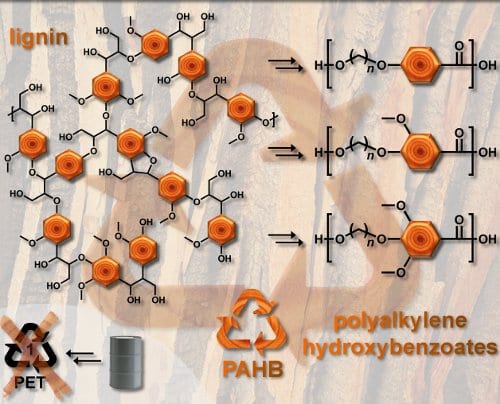

University of Florida researchers report PAHBs derived from lignin, a by-product of the paper pulping and cellulosic bio-ethanol industries
Carbon nanotube-enzyme composite electrodes are applied in glucose biofuel cells.
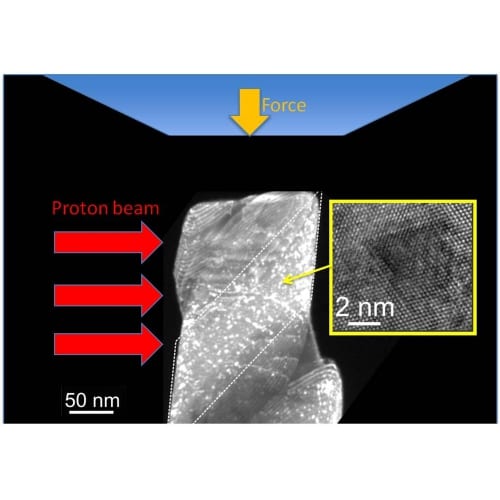
A new method for testing irradiated materials on the nanoscale could reduce the risk of a repeat of the recent events in Fukushima
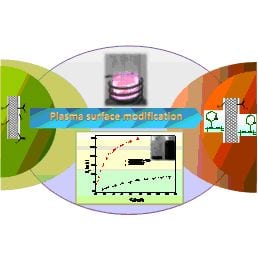
Scientists at Institute of Plasma Physics, CAS, have developed a way to modify multiwalled carbon nanotubes to enhance their dispersion properties and adsorption capacities

Dr. Michael Ojovan of NTEC reviews Dr. Ian Donald’s new book on managing nuclear waste with glass and ceramics

The addition of extremely small crystals to solid electrolyte material has potential to raise the efficiency of fuel cells. Researchers at TU Delft were the first to document this accurately.
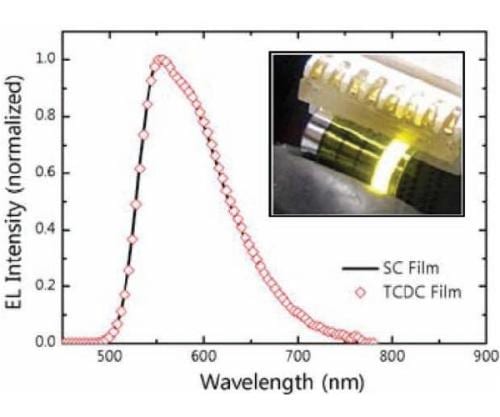
A novel polymer processing methodology to prepare thin films allows for increased crystallinity giving rise to improved properties.
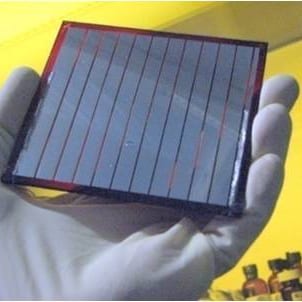
What is the ideal nano-morphology for organic and hybrid solar cells? A progress report from a German research group sheds light on recent developments.
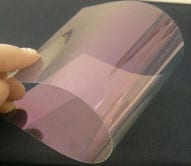
A comprehensive study of plastic substrates can help you choose the right one for your device.
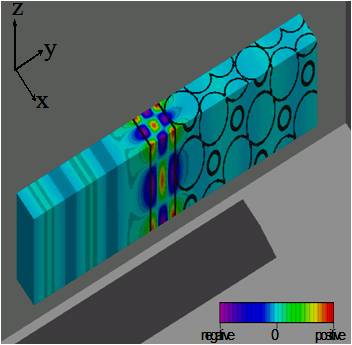
“It seems like the whole world is working on solar cells; trying to make them better, cheaper and safer to cope with the looming global energy drought.” Professor Geoffrey Ozin talks about the current state of solar cell research.